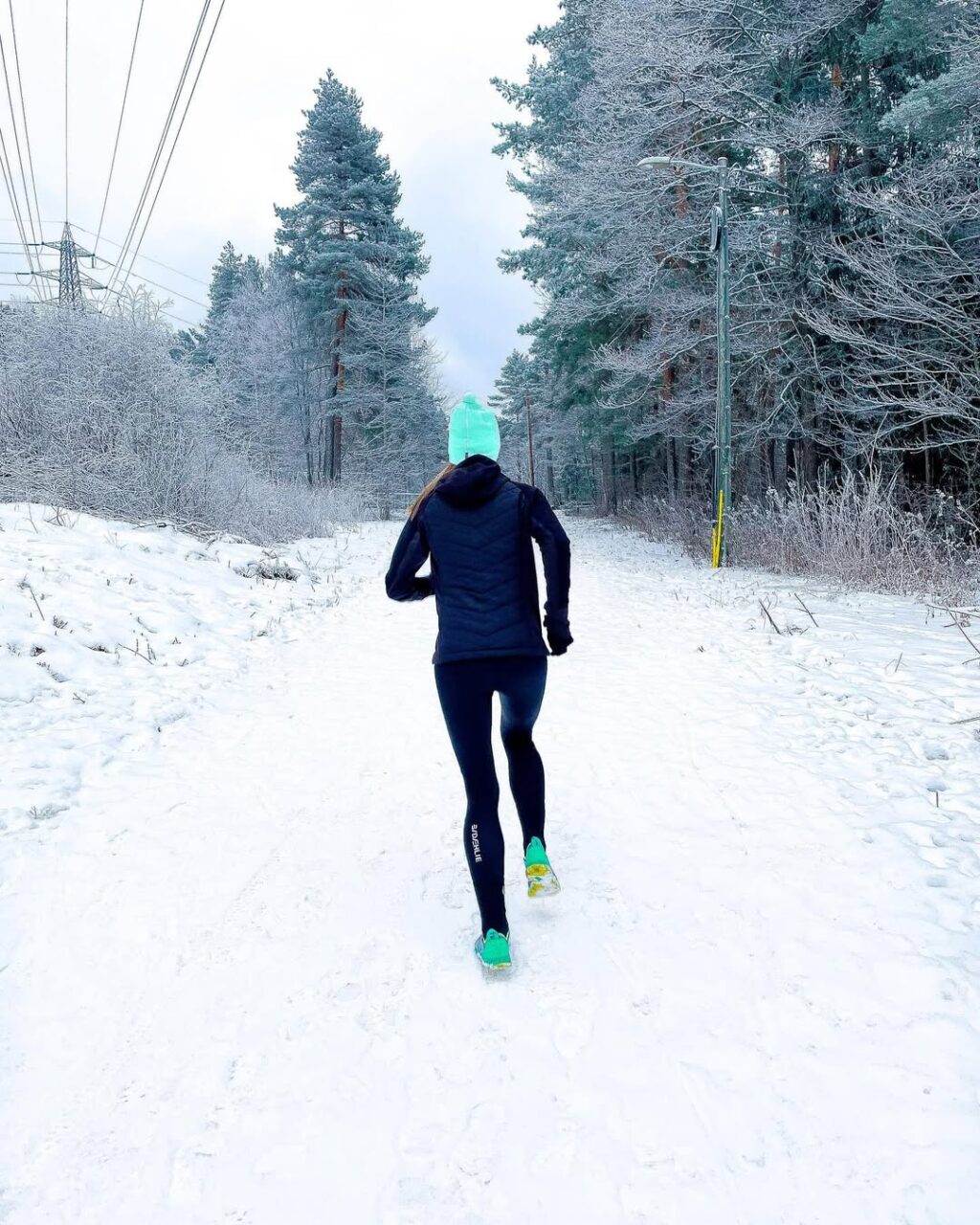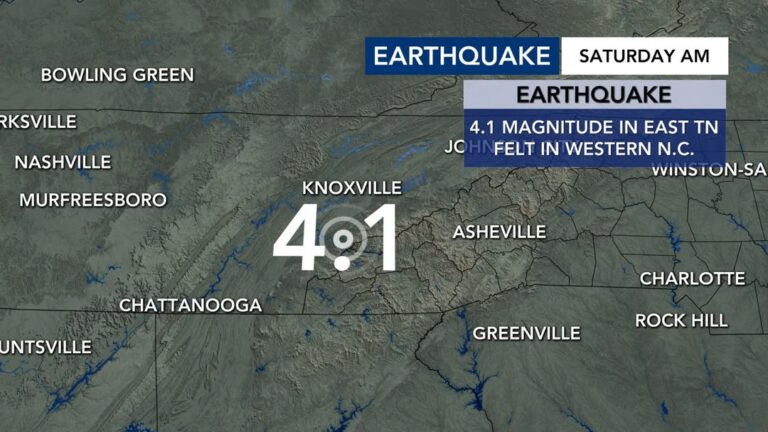
Losing weight can feel challenging no matter the season, but when living in a cold country, it often presents its own unique set of obstacles. From craving comfort foods to dealing with shorter days and less motivation to exercise outdoors, the winter months can feel like an uphill battle in the weight loss journey. However, there’s good news—cold weather doesn’t have to sabotage your weight loss efforts. In fact, it can offer some unique advantages if you know how to leverage it.
In this guide, we will explore the best ways to stay active, eat healthily, and optimize winter’s cold temperatures to help you burn fat while enjoying the season. Whether you are dealing with frigid temperatures or long snowy months, these tips will help you not only maintain but achieve your weight loss goals in a cold climate.
1. Use the Cold to Your Advantage: Thermogenesis and Extra Calorie Burn
One of the key benefits of living in a cold climate is your body’s ability to burn more calories in an effort to maintain a stable internal temperature. This natural process is called thermogenesis.
How to Leverage Thermogenesis:
- Dress in Layers: When you dress in layers, your body works harder to maintain its warmth, which naturally leads to more calorie burning. Thermals, sweaters, and outer jackets help you retain heat while burning more energy.
- Layered Outdoor Activities: While many people shy away from outdoor activities in the cold, layering up for a walk, run, or snow hike can actually help you burn more calories. The additional effort needed to keep your body warm will engage muscles more than during warmer weather activities.
Shivering Burns Calories:
Did you know that shivering also burns calories? The body’s attempt to warm up when it’s cold leads to non-shivering thermogenesis. So, in extremely cold conditions, your body burns calories simply to stay warm.
2. Active Outdoor Winter Activities
Cold weather doesn’t have to keep you indoors. In fact, winter activities provide excellent opportunities to burn calories while having fun. These activities tend to be higher intensity and offer great cardiovascular benefits.
Winter Sports and Outdoor Activities:
- Skiing & Snowboarding: These activities are fantastic for burning calories while having a blast. They engage multiple muscle groups and provide an excellent cardiovascular workout.
- Snowshoeing or Cross-Country Skiing: These activities are incredibly effective for weight loss because they involve intense full-body workouts. They also provide a way to explore the beauty of nature while working up a sweat.
- Ice Skating: A fun and dynamic activity that tones muscles and improves balance while burning calories.
Other Cold-Weather Exercises:
- Walking in the Snow: If you live in a snowy area, walking through thick snow can be a full-body workout. The resistance of walking in deep snow requires more effort, thus increasing calorie burn.
- Snow Shoveling: This may seem like a chore, but shoveling snow can burn a significant number of calories. It’s an excellent form of resistance exercise that engages your arms, back, and legs.
3. Eating for Weight Loss in Cold Weather
Winter can trigger cravings for rich, comforting foods. While hearty meals are great for warming you up, they can often be high in calories and fat, making it difficult to stay on track with your weight loss goals.
A. Healthy Comfort Foods:
- Hearty Soups & Stews: Choose vegetable-based soups or lean protein stews that fill you up without adding unnecessary calories. Opt for low-sodium broths and load up on vegetables like kale, spinach, carrots, and squash.
- Root Vegetables: Winter vegetables like sweet potatoes, parsnips, beets, and carrots are filling and nutritious. They are high in fiber, vitamins, and minerals, and perfect for warming dishes.
B. Avoiding Overeating:
- Portion Control: In cold weather, you may feel hungrier than usual. Make sure to practice portion control, especially when eating rich foods. Aim to fill half your plate with vegetables or greens and a quarter with lean protein and the remaining quarter with whole grains or healthy fats.
- Limit Sugary Beverages: Hot drinks like coffee with cream or hot chocolate can be very high in sugar and calories. Opt for black coffee, herbal teas, or green tea instead. If you crave sweetness, go for natural options like a touch of honey or stevia.
C. High-Protein Diet:
- Lean Protein Sources: Incorporate lean proteins like chicken, turkey, fish, and plant-based proteins (tofu, tempeh, lentils) into your meals. Protein promotes satiety and helps maintain lean muscle mass during weight loss.
- Fiber-Rich Foods: Include whole grains (quinoa, oats, brown rice) and legumes (beans, lentils) to help keep you feeling full and satisfied, reducing cravings for unhealthy snacks.
4. Stay Hydrated and Watch Liquid Calories
Although you may not feel thirsty in the winter as you do in hot weather, hydration is still key to weight loss. Dehydration can lead to hunger pangs and sluggish metabolism, making it harder to lose weight.
How to Stay Hydrated in Cold Weather:
- Warm Water & Herbal Teas: Drink warm water or opt for herbal teas like ginger, peppermint, or green tea. These not only keep you hydrated but also promote digestion and metabolism.
- Limit Liquid Calories: Be cautious about consuming high-calorie drinks like sugary hot chocolate, flavored lattes, or alcoholic beverages. These can quickly add extra calories and hinder your weight loss progress.
5. Indoor Workouts for Cold Days
When it’s too cold to venture outside, make use of the time indoors to stay active. There are plenty of effective ways to exercise inside, even when the temperature is low.
A. At-Home Exercises:
- Bodyweight Workouts: Push-ups, squats, lunges, planks, and burpees can all be done at home with no equipment. These exercises help build lean muscle mass, which boosts metabolism.
- HIIT (High-Intensity Interval Training): Short, intense bursts of exercise followed by brief rest periods can help you burn calories quickly and improve cardiovascular health.
- Yoga and Pilates: Both are excellent for building flexibility, improving strength, and relieving stress. Plus, they can be done indoors with minimal space and equipment.
B. Indoor Cardio:
- Treadmill or Stationary Bike: If you have access to a treadmill or stationary bike, you can get a great cardio workout indoors.
- Dancing: Put on some music and dance around your home! Dancing is not only fun but also an excellent way to burn calories.
6. Sleep and Stress Management
Winter can sometimes lead to seasonal affective disorder (SAD), which can cause tiredness and emotional eating. Managing your stress and getting quality sleep are essential to any weight loss plan.
A. Quality Sleep:
- Aim for 7-9 hours of sleep per night. Sleep helps regulate hunger hormones, reduces cravings, and supports overall health.
B. Stress Reduction:
- Engage in stress-reduction practices like meditation, deep breathing, or even journaling. Emotional eating can be a big setback, so it’s crucial to deal with stress in healthy ways
Frequently Asked Questions:
1. Does living in a cold country help with weight loss? Yes, living in a cold climate can help with weight loss as your body burns extra calories to maintain warmth. This process, known as thermogenesis, increases your calorie expenditure, especially when you’re active outdoors.
2. What outdoor activities are best for weight loss in cold weather? Some great outdoor activities include skiing, snowboarding, snowshoeing, ice skating, and hiking in the snow. These activities provide excellent cardiovascular workouts and engage multiple muscle groups, leading to significant calorie burn.
3. How can I avoid overeating in the winter? To avoid overeating, focus on healthy comfort foods like vegetable-based soups, lean protein stews, and root vegetables. Practice portion control, and choose snacks that are low in calories but high in nutrients, such as fruits, nuts, and seeds.
4. How do I stay hydrated in cold weather? Even though you’re not thirsty, it’s important to drink enough water in cold weather. Opt for warm water, herbal teas, or green tea to stay hydrated. Avoid sugary hot drinks like hot chocolate or flavored lattes, as they can add unnecessary calories.
5. What are some good indoor workouts for weight loss during winter? If it’s too cold to exercise outdoors, indoor workouts like bodyweight exercises (push-ups, squats, burpees), HIIT (High-Intensity Interval Training), yoga, and Pilates are all great options. These can be done at home and still provide effective calorie burn and strength building.
6. Can stress and lack of sleep affect weight loss in winter? Yes, stress and lack of sleep can negatively affect your weight loss efforts. Stress may lead to emotional eating, and inadequate sleep can disrupt hunger hormones, making it harder to lose weight. Prioritize sleep (7-9 hours per night) and manage stress through meditation, deep breathing, or other relaxation techniques.
7. How can I stay motivated to exercise during the winter? Staying motivated during the winter months can be tough, but try to set realistic goals, create a workout schedule, and mix up your exercise routine to keep it interesting. You can also join a fitness community or work out with a friend to stay accountable.
Conclusion:
Losing weight in cold countries may feel challenging, but by using the unique opportunities that the winter months offer, it can actually be easier than you think. By staying active outdoors, making healthy food choices, and ensuring you stay hydrated and well-rested, you can not only maintain but successfully achieve your weight loss goals in the colder months. Whether you’re bundling up for a brisk walk in the snow or finding warmth through indoor workouts, consistency and smart strategies are key.
Remember, winter is just another season to work on your health, so embrace it, stay motivated, and keep pushing toward your goals!



